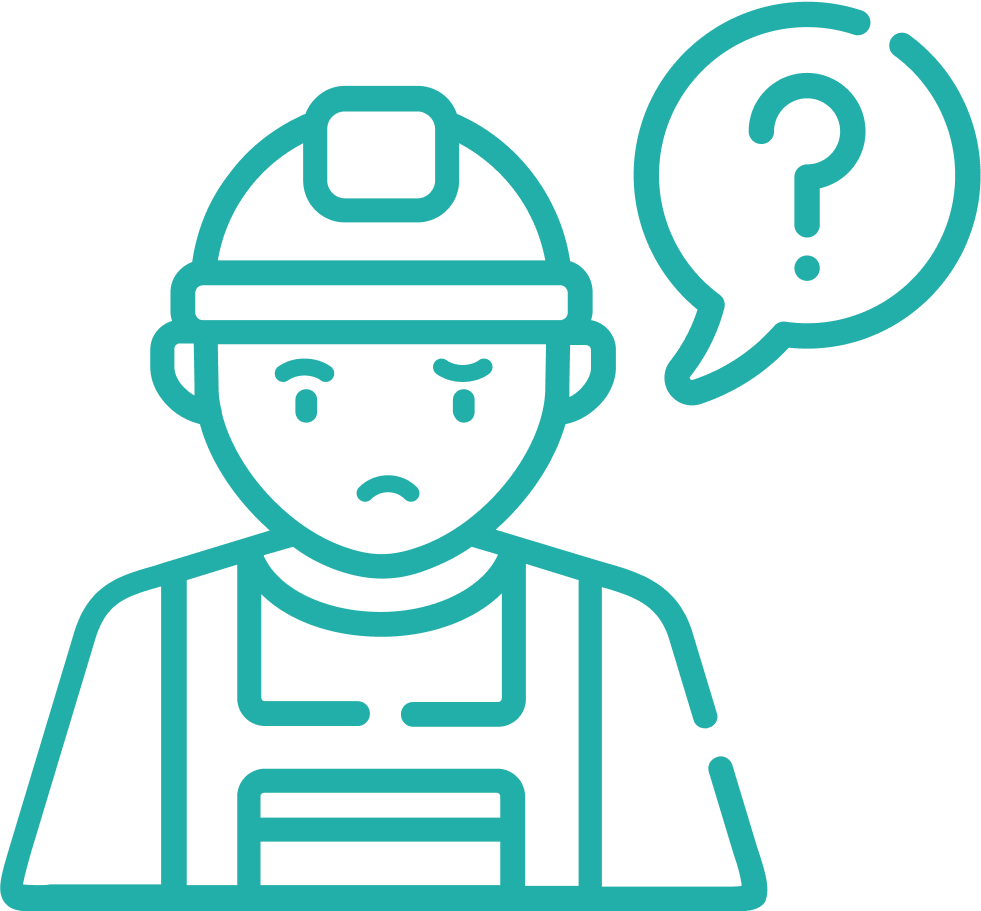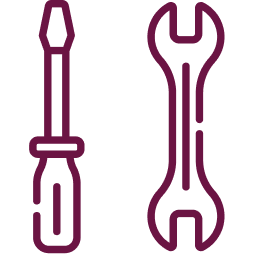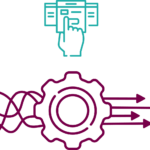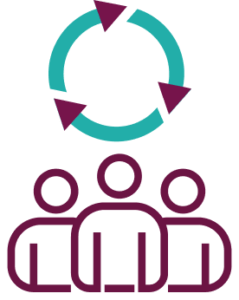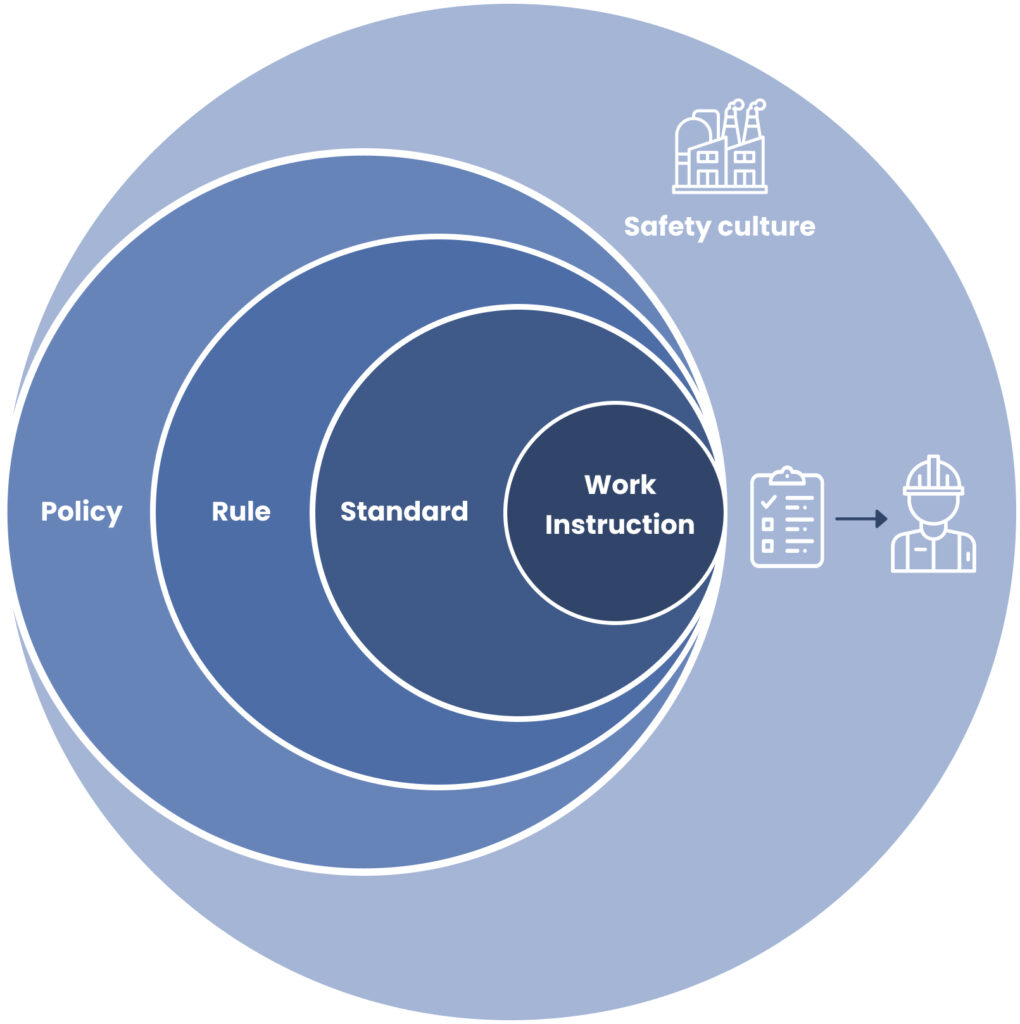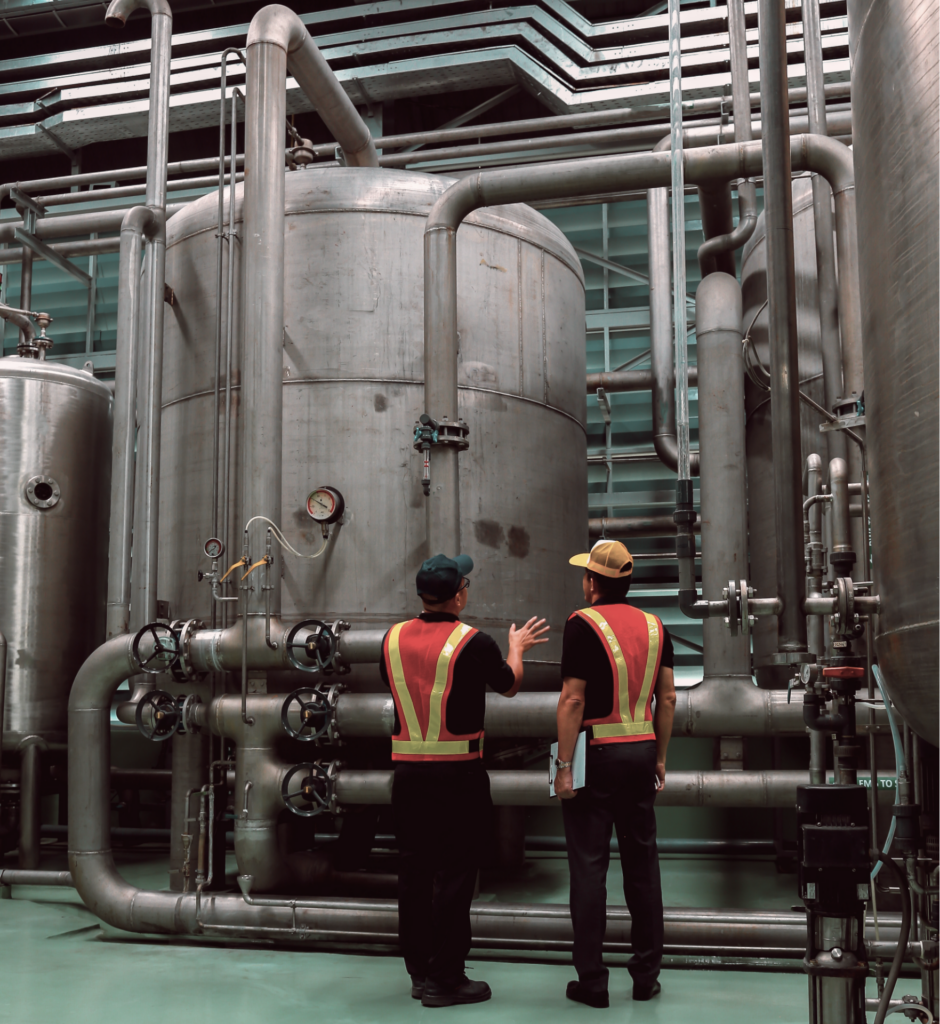Standardization: Challenges and Opportunities
There are many challenges companies are facing today. From unexpected events to economic pressure to the job market—it has become difficult for companies to keep their Lean approach to safety management. Waiting times are increasing, quality is decreasing, and companies are overburdened.
Why is this happening? And is there a way to resolve it?
Over the last couple of years, companies have faced a few significant challenges that make operations suffer. Waiting times for permits and other operational necessities have increased and, because of this, the quality of them is often poor. This all applies pressure to the workforce, and employees are overburdened.
Compounding this problem are two factors:
- Job market: It is challenging to retain staff when they have an abundance of job opportunities available to them. High turnover results in lost knowledge and experience and lost time with training and onboarding.
- Supplier availability: Suppliers are also overworked and have an abundance of jobs available to them—they can pick and choose what they want. Companies, then, must work with whoever is available, which means a lot of time is spent getting the contractor up to speed on the company’s operations and goals.
This situation has created an overburdened workforce in the safety management industry. Companies that are trying to operate on Lean principles cannot deal with these disruptive events and challenges. Companies need a new solution to resolve this issue—standardization.
Two approaches to Safety Management
The old way to approach safety management projects, tasks, or jobs was by asking: what are we going to do?
A company will look at what needs to be done and pull together contracts, permits, and tasks and responsibilities. They might draw on past experiences or ideas but are creating something new each time. This approach focuses on creation and idea generation—always starting at square one and trying to decide how to move forward.
In contrast, the new safety management solution is to work with standardized templates that go beyond generic instruction for several types of activities and hazards, like a corporate standard on how to handle hot work, line break, etc. This is about setting up very detailed standards for the many jobs that are carried out on site.
Instead of creating something new, you are starting from a standard and revising it along the way from the perspective of looking at the unique aspects of this particular job execution.
So the kick-off question of starting a new job in standardized reality is: what is different this time?
Standardization represents a culture shift. Instead of generating new information each time, you rely on checking information. Make appropriate adjustments, evaluate the process, and then revise the template for next time.
Creating Templates Library
This new approach to standardization includes:
- Detailed, high-quality templates for every single job, project, responsibility, job, or initiative with step-by-step information on what needs to get done and who will do it.
- An accessible database of standard templates that are ready to use when needed.
- A thorough review of templates and standards to continually improve and adjust.
After a template library exists, then the process for any new project or initiative is simple—you select a relevant template, review and adjust it, and move forward. No time is wasted on defining what we need to do. It is clear what needs to be done, so all energy can be directed towards accomplishing it.
As we see standardized approach requires an up-front time investment into the template library. Creating and maintaining the templates is a key job in each company and so adequate resources should be devoted to it. Having a detailed and accessible database library of standard templates will help companies go from creating from scratch each time to simply adjusting and revising based on the needs of the current project.
When companies invest in standardization, they can increase efficiency and quality while reducing errors, mistakes, and wasted time.
How to Introduce Standardization for Safety Management
Companies interested in standardization need to invest time and money into creating their template library. It’s a long-term project and needs to be done systematically, with strong attention to detail. Leadership should prioritize time to complete the project, but also invest in staff and professionals who have administrative, project management, and organizational expertise to help build the template library.
The standardization process is as follows:
- Start with a vision: Standardization is a culture shift, and everyone needs to be on board with the changes. It’s important that companies see this as a necessary change and part of Lean principles.
- Prioritize: Start with areas of your operations that are the highest risk and, therefore, the most key areas to improve. You can also prioritize what is most used or the most important areas of your operations.
- Determine responsibilities: Create a clear outline of who will be responsible for what area of the standardization and template process.
- Define metrics: How will you know you’re successful? Consider what metrics are important to your company and build them into the standard templates.
- Evaluate: Each time you use a standard template, evaluate its efficacy. These evaluations should also be standardized, too, so that you collect the same data each time.
- Revise: Based on the evaluation, revise and adjust the templates as needed. This is an essential piece of the process and ensures that the library is kept up-to-date at all times.
A future next step might also be to share templates within the company with different departments. And, depending on the company’s market position, it may also be possible to share across companies, too. There is a willingness, even between fierce competitors, to collaborate in the safety domain. Since the goal is to reduce the need to generate and create something new each time, sharing and repurposing standard templates should always be a priority.
Conclusion
Standardization is a modern approach to safety management that incorporates Lean values while addressing the challenges faced by companies today. Having a detailed and accessible database library of standard templates will help companies go from creating from scratch each time to simply adjusting and revising based on the needs of the current project.
To move towards standardization, companies need to start with the vision and understand the difference this process can make. From there, they can follow a systematic process of standardization of their operations. It will transform their overburdened employees, maximize efficiency, and help them reach company goals in achieving Operational Safety Excellence.





